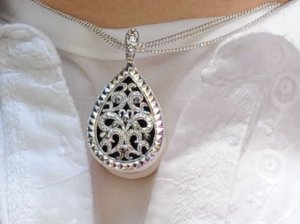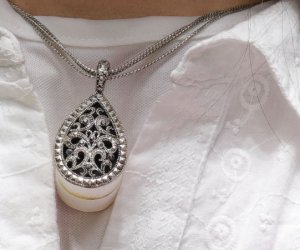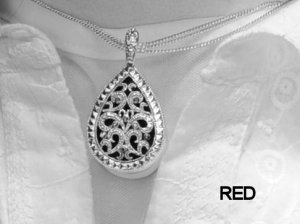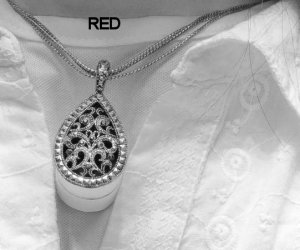Sten-Åke Sändh
Aktiv medlem
Problemet är du knappast kan se hela bilden idag.
Du kan printa 44"x66" och då talar vi om en jätteskrivare som väger typ 150 kg.
Men kan du se 24-42 MP på den?
Det finns bildskärmar som visar 8K. De är svindyra men du kan bara se 8K på kort avstånd.
En 32-tummare för 44 KSEK:
https://www.computersalg.se/i/35854...MIs8PK-sKb2AIVdDPTCh2YlwH8EAQYAiABEgJxMvD_BwE
Du måste sitta riktigt nära...
Det är väl mer komplicerat än så när det gäller skrivarna för åtminstone Epson-skrivarna som jag är mest bekant med varierar ju punktstorlekarna också efter behov så vad är en pixel översatt till då i en skrivare?
Nedan ett dokument om Epsons nya Precision Core printteknik
https://mediaserver.goepson.com/ImC...90243c06f0ca91f6560c34bef/original?use=banner
Citat från sid 13:
Bildtext från bild som ej kan återges här: "How variable dot sizes produce smoother output"
Resolution - N Tech Focus: ot Just Dots Per Inch
Discussions of print quality have long been
characterized by the specification of dots
per inch (dpi), but resolution and overall
quality have always been more complex
than counting dots. All print technologies
can produce dots that are so small that they
can’t easily be perceived. The rest of the
print story needs to be examined alongside
dpi to understand true print quality. Other
factors include levels of grayscale, and how
accurately one dot can be placed.
Research4 has shown that the levels of
grayscale used in an image contribute
considerably to its perceived quality, more
so than pure dpi resolution. Take a look at
the graphic to the right, keeping in mind you
would be unable to see these individual dots
without magnification. Each of the dot sizes
ejected by the PrecisionCore head represents
an available level of grayscale, with the
smallest dots providing gradation equivalent
to a much higher resolution. For this reason,
dpi by itself has become an obsolete way
to compare print systems. In fact, Epson’s
reputation for the best output quality has
always had more to do with superior color
gamut and gradation than raw dpi.
Dot precision or accuracy is another important
factor, especially for detail, as additional
dots add little value if their location or form
cannot be controlled. Accuracy, as used
here, refers to the ability not only to place
a dot in a desired location, but also to the
characteristics of the dot itself. Is it uniformly
rounded? Can you maintain control of its size
across a line? A page? A hundred pages? A
thousand pages? PrecisionCore shines by
producing incredibly precise, variably sized
dots repeatedly and reliably."











